Subscribe to our ▶️YouTube channel🔴 for the latest videos, updates, and tips.
Home | About Us | Contact Us | Privacy | Math Blog
Worksheet on Measuring Time
Practice the worksheet on measuring time, the questions is related to time, day, months and year.
We know, time, day, months and year are related to each other.
1 year = 365 days
1 leap year = 366 days
1 year = 12 months
1. Fill in the boxes according to the time shown on the clock.
(i) Morning Assembly
(ii) Games Period
(iii) Lunch Time
(iv) Playing Time
2. Fill in the blanks.
(i) Friday comes after __________ .
(ii) 1 week = _____ days. So, 7 weeks = _____ days.
(iii) The month of November falls between October and __________ .
(iv) 1 year = 365 days. So, 2 years = _____ days.
3. Fill in the blanks:
(i) January has __________ days.
(ii) There are normally __________ days in February.
(iii) There are __________ days in the month of February in a leap year.
(iv) __________ months of a year having 30 days. These months are __________, __________, __________ and __________ .
(v) There are __________ months of a year having 31 days each. These months are __________, __________,_________, __________,__________, __________ and __________ .
(vi) There are normally
__________ days in a year.
(vii) In a leap year there are __________ days.
(viii) There are __________ months in a year.
(ix) The last month of the year is __________.
(x) The first and last, both months of the year have __________ days each.
4. Answer the following questions:
(i) Which is the first month of the year?
(ii) Which is the last month of the year?
(iii) Which is the sixth month of the year?
(iv) In sequence which is the 7th month of the year?
(v) Which month comes after October?
(vi) Which month comes after February?
(vii) Year 2004 was a leap year. State the next four leap years:
(ix) A man was born on 29 February, 1996. When was his first real birthday?
(x) Write the names of the months that come before and after the given months:
Before Present After
_______ April _______
_______ September _______
_______ June _______
Answers for the worksheet on measuring time are given below to check the exact answers of the above questions.
Answers:
1. (i) 9
(ii) 10; 10:00
(iii) 11; 12; 11; 11:00
(iv) 5; 12; 5; 5:00
2. (i) Thursday
(ii) 7; 49
(iii) December
(iv) 730
3. (i) 31
(ii) 28
(iii) 29
(iv) four; April, June, September and November
(v) seven; January, March, May, July, August, October and December
(vi) 365
(vii) 366
(viii) 12
(ix) December
(x) 31
4. (i) January
(ii) December
(iii) June
(iv) July
(v) November
(vi) March
(vii) 2008, 2012, 2016 and 2020
(ix) 29 February, 2000
(x) Before Present After
March April May
August September October
May June July
From Worksheet on Measuring Time to HOME PAGE
Didn't find what you were looking for? Or want to know more information about Math Only Math. Use this Google Search to find what you need.
Recent Articles
-
Worksheet on Area of a Square and Rectangle | Area of Squares & Rectan
Jul 19, 25 05:00 AM
We will practice the questions given in the worksheet on area of a square and rectangle. We know the amount of surface that a plane figure covers is called its area. 1. Find the area of the square len… -
Area of Rectangle Square and Triangle | Formulas| Area of Plane Shapes
Jul 18, 25 10:38 AM
Area of a closed plane figure is the amount of surface enclosed within its boundary. Look at the given figures. The shaded region of each figure denotes its area. The standard unit, generally used for… -
What is Area in Maths? | Units to find Area | Conversion Table of Area
Jul 17, 25 01:06 AM
The amount of surface that a plane figure covers is called its area. It’s unit is square centimeters or square meters etc. A rectangle, a square, a triangle and a circle are all examples of closed pla… -
Worksheet on Perimeter | Perimeter of Squares and Rectangle | Answers
Jul 17, 25 12:40 AM
Practice the questions given in the worksheet on perimeter. The questions are based on finding the perimeter of the triangle, perimeter of the square, perimeter of rectangle and word problems. I. Find… -
Formation of Square and Rectangle | Construction of Square & Rectangle
Jul 16, 25 11:46 PM
In formation of square and rectangle we will learn how to construct square and rectangle. Construction of a Square: We follow the method given below. Step I: We draw a line segment AB of the required…
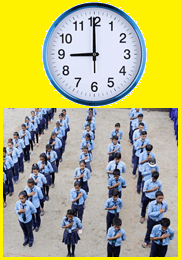
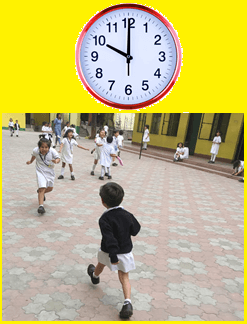
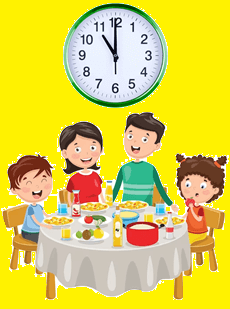
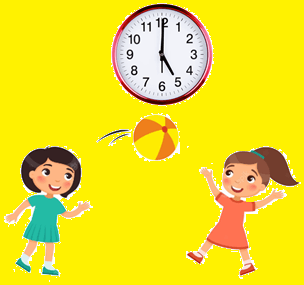


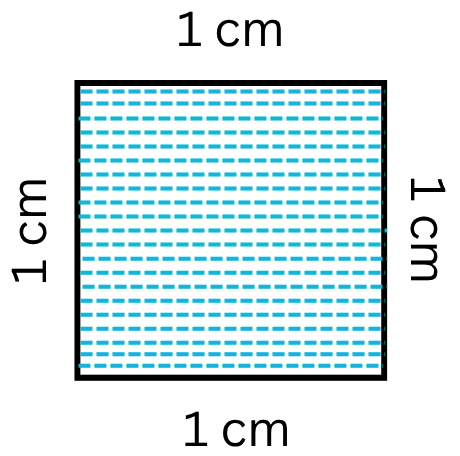
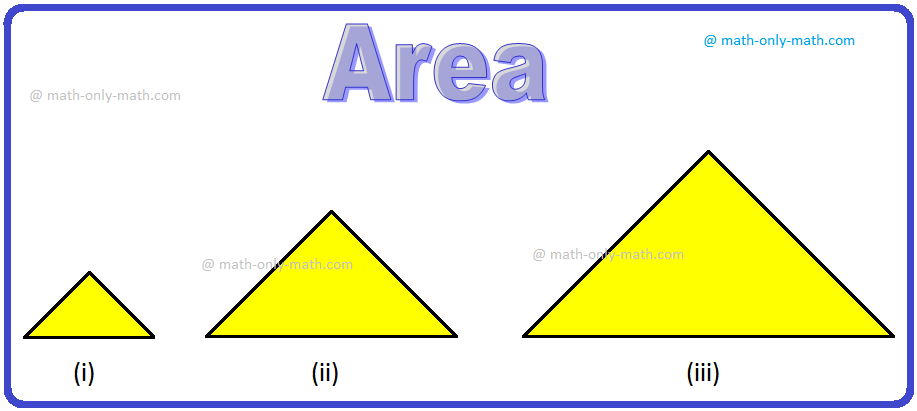
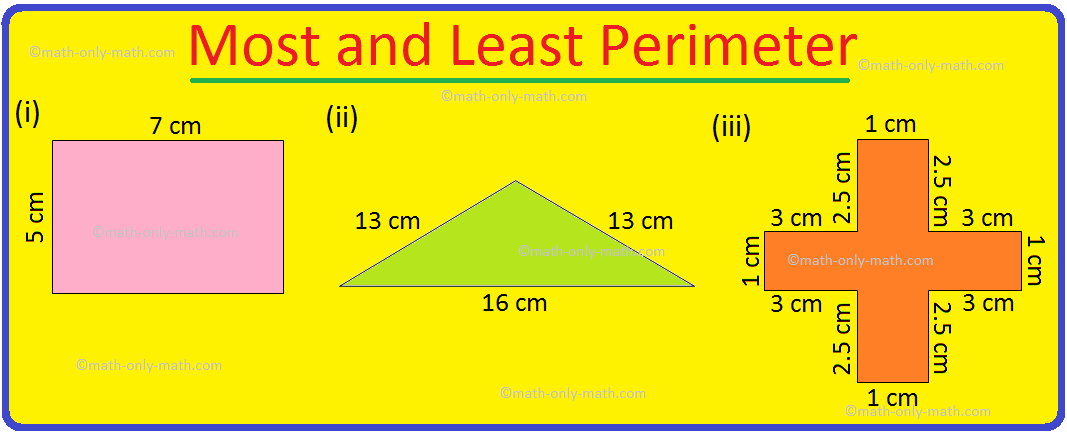
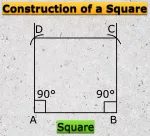
New! Comments
Have your say about what you just read! Leave me a comment in the box below. Ask a Question or Answer a Question.